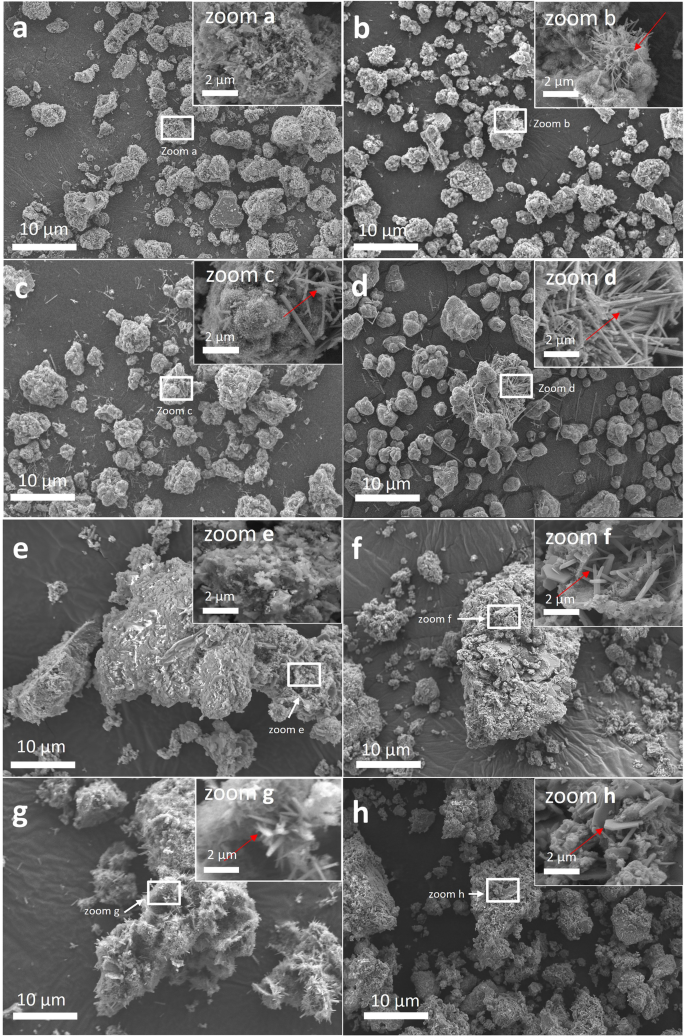2024-06-26 ノースウェスタン大学
<関連情報>
- https://news.northwestern.edu/stories/2024/06/simple-new-process-stores-co2-in-concrete-without-compromising-strength/
- https://www.nature.com/articles/s43246-024-00546-9
セメントを懸濁液中で炭酸化することにより、コンクリートを強化しながら二酸化炭素を貯蔵する Storing CO2 while strengthening concrete by carbonating its cement in suspension
Xiaoxu Fu,Alexandre Guerini,Davide Zampini & Alessandro F. Rotta Loria
Communications Materials Published:26 June 2024
DOI:https://doi.org/10.1038/s43246-024-00546-9

Abstract
Cement is a key constituent of concrete and offers a large sequestration potential of carbon dioxide (CO2). However, current concrete carbonation approaches are hindered by low CO2 capture efficiency and high energy consumption, often resulting in weakened concrete. Here, we conceptually develop and experimentally explore a carbonation approach that resorts to injecting CO2 into a cement suspension subsequently used to manufacture concrete, turning the carbonation reaction into an aqueous ionic reaction with a very fast kinetics compared to traditional diffusion-controlled approaches. This approach achieves a CO2 sequestration efficiency of up to 45% and maintains an uncompromised concrete strength. The study shows that the CO2 injection rate influences the polymorph selectivity of mineralized calcium carbonate (CaCO3) depending on the local environmental conditions and impacts the strength of concrete. The technological simplicity of the proposed approach enables a reduced carbon footprint and promising prospects for industrial implementation.



